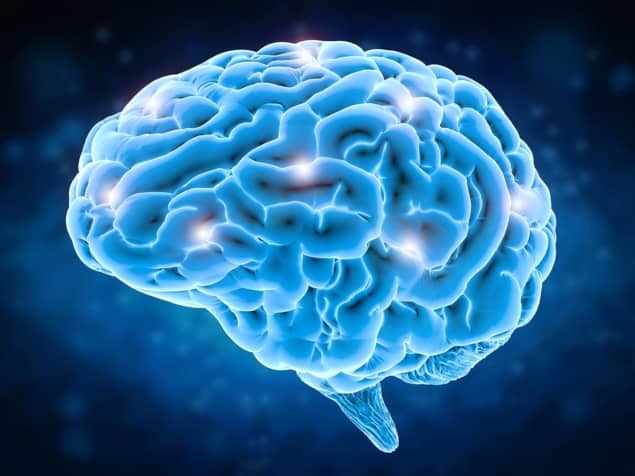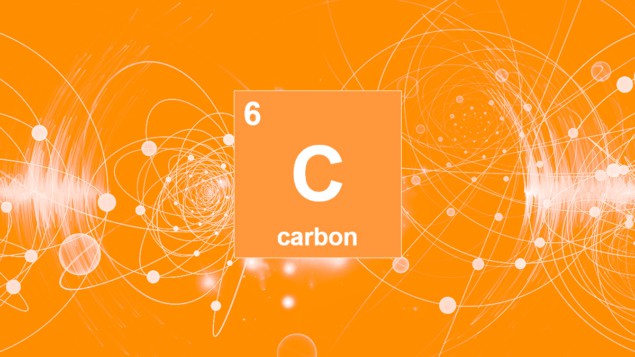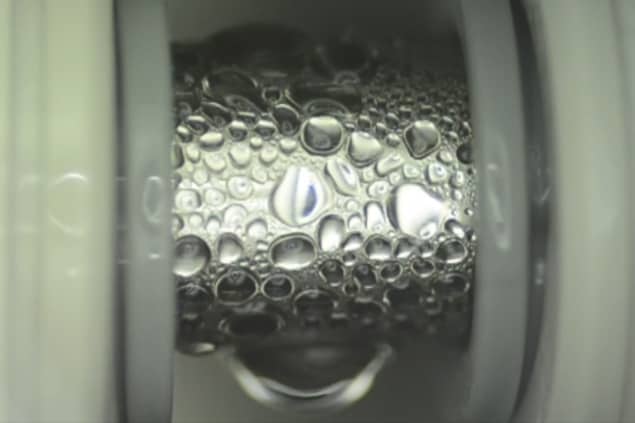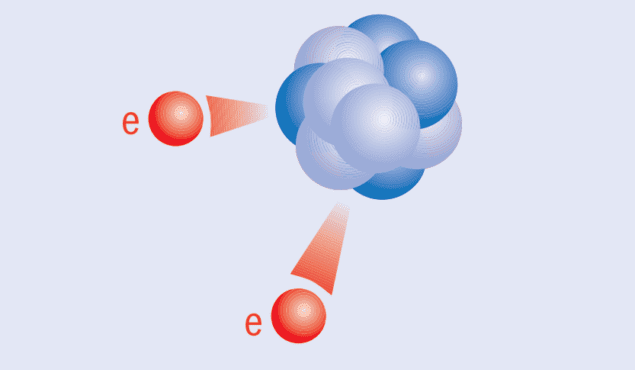Does the brain awaken via a continuous phase transition?
23 May 2019 Hamish Johnston
Further evidence that the brain undergoes a continuous phase transition when we awaken from sleep has been discovered by physicists in Brazil. The team studied patterns in the spiking of neurons in the brains of sleeping and awake rats and found evidence for a critical point where the transition occurs.
An important unanswered question is how the brain makes the transition between these two different states – or phases – of consciousness. One possibility is that brain activity undergoes a continuous phase transition. This process occurs in a wide range of physical systems including the transition between the magnetic and non-magnetic phases of iron when the material is heated above a critical temperatureWaking up in the morning certainly feels like a transition between two states of mind, but scientists do not have a good understanding of how the brain shifts from one state to the other. Researchers do know that brain activity involves neurons creating small voltage spikes. By studying these spikes in mammals, scientists know that the spikes are emitted in synchronous repeated bursts during sleep and as asynchronous noise-like signals when the animals are awake.



 (Adapted from shutterstock/agsandrew)
(Adapted from shutterstock/agsandrew)





